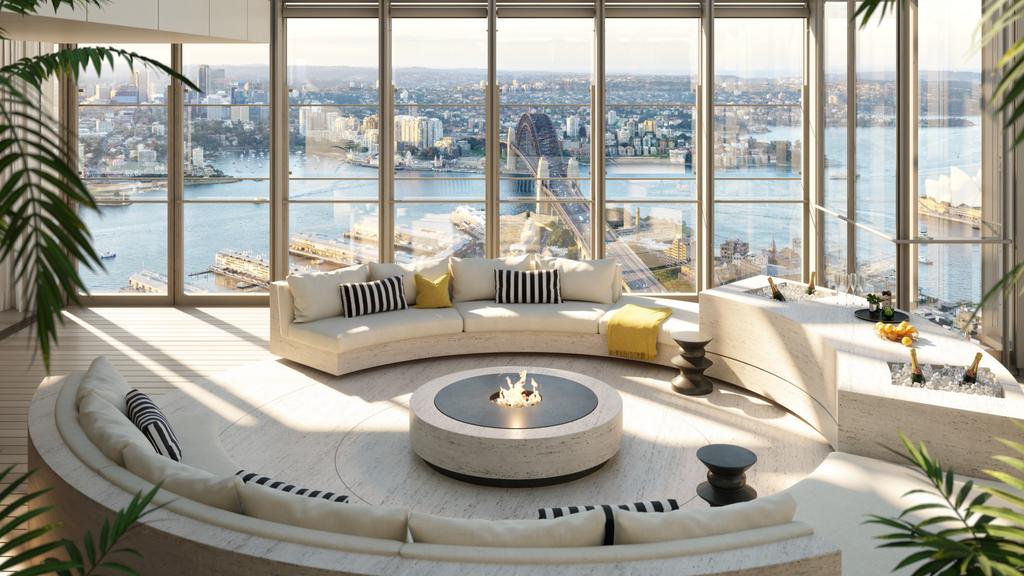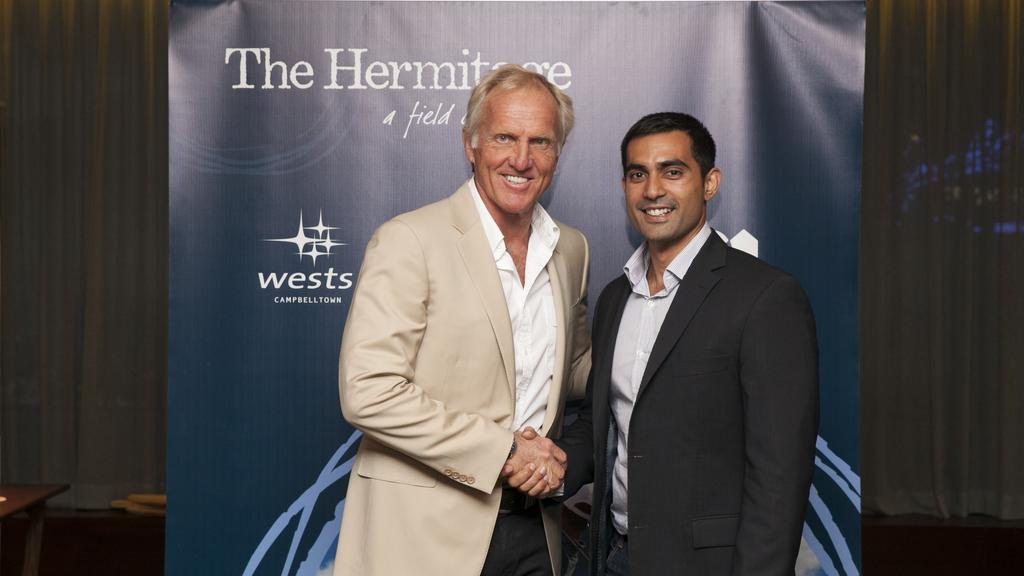Barangaroo residential tower hints at return of Japanese investors

Do these new deals spell the return of Japanese investors? One Sydney Harbour, developed by Renzo Piano and Lendlease.
The big Japanese trading houses that were burned in Australia as the 1980s property bubble burst are finally back. This time they are staying away from glitzy projects and are chasing deals with local partners as they stick to areas where they have an edge.
The famed conglomerates are living up to their promises of coming back to Australia in a major way, with big deals ranging from office buildings, housing estates and apartment towers showing they mean business.
Top names including Mitsubishi Estate, Sekisui House and telecommunications giant Nippon Telegraph & Telephone Corporation have all struck deals, revealing the appetite for Australian assets.
The Japanese groups are showing their much vaunted long-term commitment in their investment decisions rather than making short-term plays.
Mitsubishi Estate in July took a quarter stake in Residences Two, the second residential tower at One Sydney Harbour, Barangaroo being developed by Lendlease, following its success in taking the same quantum in the first apartment tower, Residences One.
Another big player is residential property developer Sekisui House which, earlier this year, settled a deal that had been six years in the making with 66-year-old golf legend Greg Norman.
Mr Norman and Sekisui will build the first Norman Estates residences in southwest Sydney: an exclusive $300m residential community in Gledswood Hills, comprising 190 freestanding and attached terrace homes, which will fit in with Sekisui House’s existing estate.
In true Norman fashion, a signature nine-hole short course will be included, with an exclusive resident-only clubhouse lounge, gymnasium, tennis court and resort-style pool.
While those resort-style features might seem reminiscent of the exciting times of the 1980s, Japanese investors are no longer normally pursuing such high-profile luxury projects. Now, it would seem, the focus is long-term, stable investments.

Mitsubishi Estate has a stake in Residences Two at One Sydney Harbour.
Industry sources say similar time zones, an upfront legal structure and modest growth have inspired a particular desire for office and residential spaces in CBDs along Australia’s east coast.
Australian real estate also offers investors a 200 basis point higher yield than in Tokyo, where far lower returns are on offer.
Just weeks before the pandemic unfolded, Mitsui announced it had budgeted an extra $3.5bn for its Australian operations.
Then Australian chief executive Noburu Katsu told The Australian the money would go towards expanding his company’s 25 joint ventures which range from iron ore to coal, oil and gas, LNG, salt and woodchips.
He flagged a move into areas like infrastructure but the group has also been chasing property deals.
The breadth of investment is marking out Japan’s latest forays into Australia.
Japanese ambassador to Australia Shingo Yamagami last year said economic relations between the two countries were rapidly expanding, from energy-related investments in hydrogen to pumping money into a smart city in western Sydney and even space.
Hi-tech areas are a focus and property projects are growing out of them, with health a new focus.
The Australian can reveal that the Nichigo Health consortium, led by Japan’s Hitachi, has just won initial support from the NSW government for plans for the Westmead Hybrid Particle Therapy and Research Centre.
Nichigo Health is proposing the advanced centre at Sydney’s Westmead Health and Innovation District. It will contain a particle accelerator to help treat cancer patients and undertake research. The project includes associated offices, educational facilities and a multistorey carpark, feeding into the overall Westmead Health and Innovation District. A government assessment identified Hitachi as the only group able to deliver what it wanted.
It is in talks with the consortium which also includes Pacific Partnerships, CPB Contractors, and UGL.

The swimming pool at One Sydney Harbour, developed by Renzo Piano and Lendlease.
Japanese groups are also stepping up to help address the housing crisis. As well as Sekisui, Sumitomo Forestry last year raised its stake in 30-year-old Melbourne-based business Henley Homes to nearly 70 per cent. It already held stakes in Perth-based Scott Park Group and home builder Wisdom Property.
Real estate advisers are helping push Japanese companies into new areas where they can make a lasting contribution.
JLL head of capital markets, Australia, Fergal G Harris, foresees a further pick-up in Japanese interest, particularly in areas where Japan is ahead.
“There is increasing activity in outbound Japanese capital coming to Australia. However, most of the Japanese transactions have been indirect or through funds due to our border closures,” he said.
“We are seeing a lot of Japanese groups showing interest in the build-to-rent sector in Australia, given that multi-family is a well-established sector in Japan and is still in its infancy here,” he said.
Development groups such as Mitsui Fudosan and Daiwa House and other institutional groups have indicated interest in this area. “We are seeing Sekisui and Daiwa House active too in retail and residential.”
JLL senior director, capital markets, Asia Pacific, Kate Low, said Japanese companies were taking a greater interest in local property funds.
“Japanese institutions have historically focused on the US and European diversified core funds. However, we are also witnessing increasing institutional interest in core office funds in Australia, viewed by Japanese investors as a transparent, core, defensive real estate market,” she said.
“We expect to see an increase in activity from 2022 with many finalising their strategies for when borders open, which will allow physical inspections. The investment fundamentals of Australia are clearly appealing and provide diversification benefits, given the significant yield spread between Japan and Australia and attractive cash on cash returns,” Ms Low added.

Golfer Greg Norman with Sekisui House project director Craig D’Costa. Mr Norman and Sekisui will build the first Norman Estates residences in southwest Sydney: an exclusive $300m residential community in Gledswood Hills.
The influx has also picked up where other foreign groups, including some from greater China, have left off.
Colliers International was working with more than 15 investors looking to gain entry into the Australian market, “typically via development joint ventures or partnerships with local managers for direct investments”, Colliers International head of office and capital markets Adam Woodward said.
He says that Japanese capital moved at a different pace to standard investors in the Australian market, which had meant all transactions occurred off-market to give buyers the time required to execute the deals.
“With specific investment requirements and extremely patient investment mantras, the build-up of Japanese capital on the sidelines is finally stacking up,” he said. “Several new entrants have completed their underwrite into the Australian market and are now currently monitoring the market prior to the reopening of borders and moving in.”
Colliers International director, international capital, James Mitchell said that Mitsubishi Estates really pioneered the re-entry of Japanese capital into the Australian real estate market through joint venture developments.
Its strategic partnership with Lendlease created a pipeline of opportunities over the past five years to establish holdings in key commercial and residential developments in Sydney and Melbourne. Big slices were taken in Sydney’s Salesforce Tower and One Sydney Harbour as well as Melbourne Quarter’s residential precinct.
Daibiru and NTT have been the most active on the investment front, executing on office transactions in Sydney, Melbourne and Canberra via investment managers. Daibiru partnered with Nuveen to enter the Sydney market via a fund-through deal at 275 George Street, Sydney. NTT teamed with Realmont on two plays in Canberra and most recently in Melbourne to buy the EPA building in Carlton.
“Mitsubishi Estates and Daibiru have now committed to our market by establishing teams on the ground in Sydney. Both will continue to invest throughout the cycle for the long term,” he said.
More companies from Japan are poised to join the local property party.







